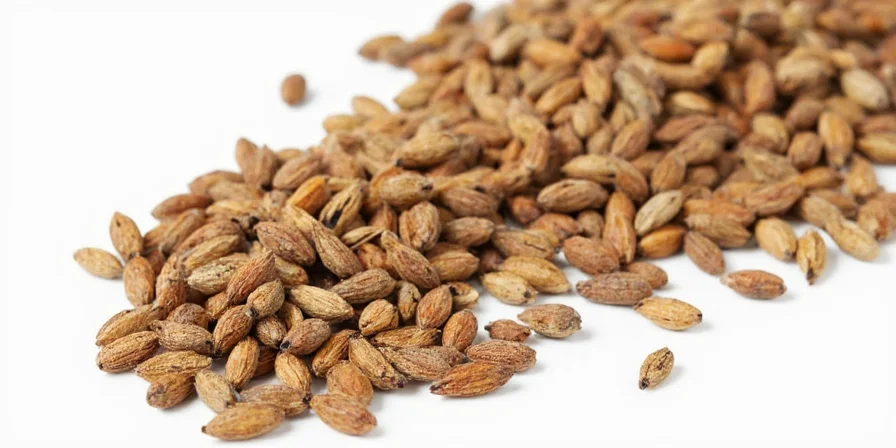
Cumin is the dried seed of Cuminum cyminum, an annual plant in the Apiaceae family, with a warm, earthy flavor essential to cuisines worldwide. This guide answers the most common questions about cumin - what it is, how to use it, its health benefits, and proper storage - with science-backed insights to help you cook with confidence.
Move beyond generic spice descriptions as we explain what makes cumin unique, how to use it properly in cooking, and why common substitutes often fall short. You'll discover practical techniques that work for home cooks at any skill level.
Table of Contents
- What Is Cumin? (Simple Definition)
- Cumin Basics: Appearance, Taste & Common Uses
- 7 Essential Cumin Cooking Tips for Better Flavor
- Cumin Substitutes: What Works (and What Doesn't)
- Cumin Health Benefits: What Science Actually Says
- How to Store Cumin Properly (So It Lasts Longer)
- 5 Common Cumin Myths Busted
- The Science Behind Cumin's Flavor (For Curious Cooks)
- Frequently Asked Questions
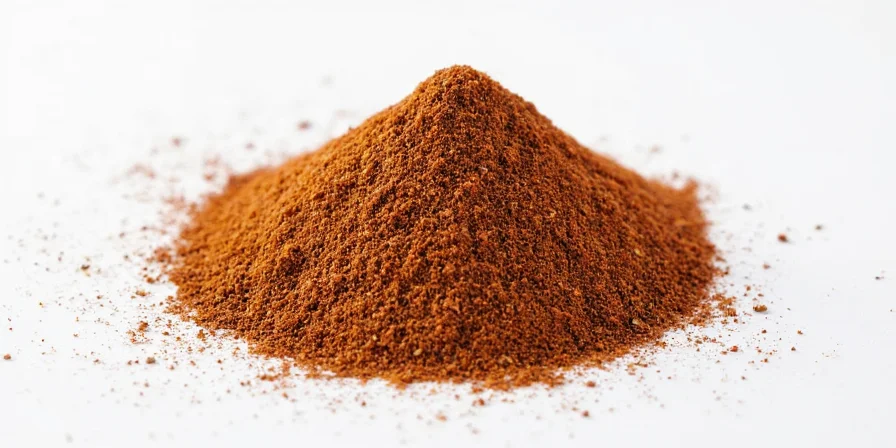
What Is Cumin? (Simple Definition)
Cumin is the dried seed of Cuminum cyminum, a flowering plant related to parsley and carrots. These small, boat-shaped seeds have a warm, earthy flavor with hints of citrus that's essential to cuisines from Mexico to India. Unlike pre-ground spice blends, pure cumin delivers a distinctive aroma that transforms simple ingredients into flavorful dishes.
Cumin Basics: Appearance, Taste & Common Uses
Whole cumin seeds are small, crescent-shaped, and range from light to dark brown. When ground, they become a rich ochre color. The flavor is warm, earthy, and slightly peppery with subtle citrus notes.
| Feature | Description |
|---|---|
| Flavor Profile | Earthy, warm, slightly peppery with citrus undertones |
| Common Cuisines | Mexican, Indian, Middle Eastern, North African |
| Best Paired With | Beans, lentils, meats, tomatoes, chili, garlic, coriander |
| Whole vs. Ground | Whole seeds last longer; ground offers immediate flavor |
| When to Add to Dishes | Early for whole seeds; later for ground to preserve aroma |
Cumin appears in everything from chili and tacos to curry and falafel. Its distinctive flavor helps define regional dishes - you simply can't make authentic chili or curry without it.
7 Essential Cumin Cooking Tips for Better Flavor
Get the most from cumin with these practical techniques:
- Toast whole seeds first: Heat in dry pan 1-2 minutes until fragrant (don't burn!)
- Use oil properly: Bloom cumin in oil at medium heat (not high) for best flavor release
- Timing matters: Add whole seeds early in cooking; add ground cumin later
- Balance with acid: Add lime or lemon juice after cumin, not before
- Don't overdo it: 1/4 to 1/2 teaspoon per serving is usually enough
- Store properly: Keep in airtight container away from light and heat
- Grind fresh: Whole seeds ground just before use have significantly better flavor
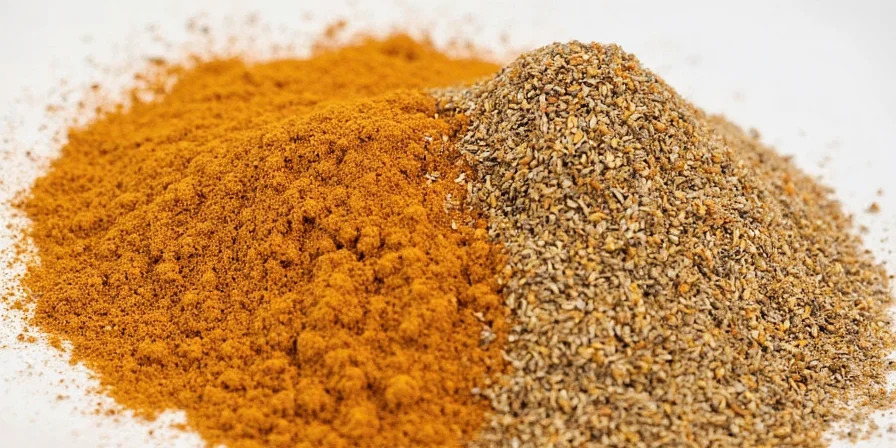
Cumin Substitutes: What Works (and What Doesn't)
When you're out of cumin, try these alternatives (with realistic expectations):
| Substitute | Works For | Limitations |
|---|---|---|
| Coriander + Paprika | Chili, stews | Misses earthy depth; more citrusy |
| Caraway Seeds (½ amount) | Mediterranean dishes | Stronger, more minty flavor |
| Garam Masala (⅓ amount) | Curries | Complex blend, not direct substitute |
| Fennel Seeds (toasted) | Veggie dishes | Sweeter, more licorice-like |
No substitute perfectly replicates cumin's unique flavor profile. For best results, keep a small container of whole cumin seeds in your pantry - they stay fresh much longer than pre-ground.
Cumin Health Benefits: What Science Actually Says
Research shows cumin offers several potential health benefits when used as part of a balanced diet:
- Digestive support: May help stimulate digestive enzymes
- Antioxidant properties: Contains compounds that fight oxidative stress
- Blood sugar management: Some studies show modest benefits
- Iron source: 1 teaspoon provides about 3% of daily iron needs
Important: Cumin is a food, not medicine. While it offers nutritional benefits, don't rely on it to treat medical conditions. The amounts used in cooking provide flavor benefits primarily.
How to Store Cumin Properly (So It Lasts Longer)
Extend cumin's shelf life with these storage methods:
- Whole vs. ground: Whole seeds last 2-3 years; ground lasts 6-12 months
- Container: Use airtight glass or metal container (not plastic)
- Location: Store in cool, dark place away from stove or sunlight
- Freezing: Whole seeds can be frozen for long-term storage
- Freshness test: Rub seeds between fingers - should leave oily residue and strong aroma
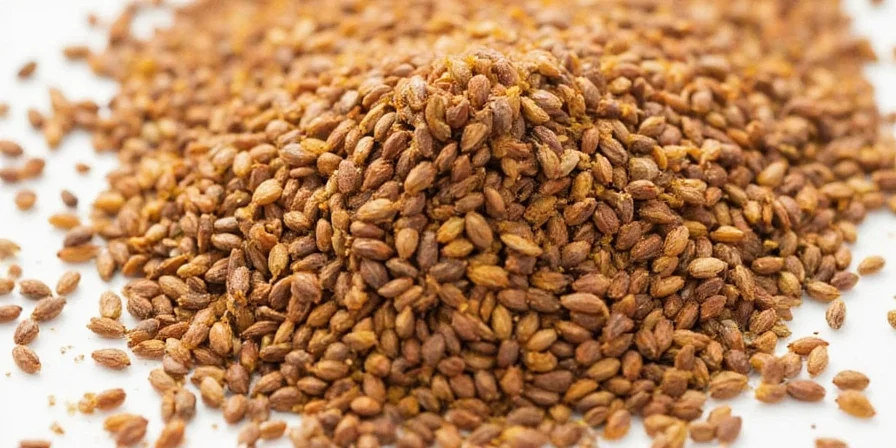
5 Common Cumin Myths Busted
- Myth: "Cumin loses all flavor when cooked"
Truth: Properly toasted cumin becomes more flavorful; only volatile top notes degrade with excessive heat - Myth: "Mexican and Indian cumin are different"
Truth: Same plant species; flavor differences come from soil and processing - Myth: "Cumin causes digestive problems"
Truth: Actually supports digestion; issues usually come from other ingredients in spicy dishes - Myth: "Organic cumin is stronger"
Truth: Flavor depends on freshness and storage, not farming method - Myth: "Cumin and caraway are the same"
Truth: Different plants with distinct flavor profiles
The Science Behind Cumin's Flavor (For Curious Cooks)
What makes cumin taste the way it does? The key is cuminaldehyde, which makes up 30-50% of cumin's essential oil. When properly toasted, cumin also releases compounds that enhance browning in meats through the Maillard reaction.
For home cooking, this means:
- Toasting between 140-160°C releases maximum flavor
- Adding cumin to oil before other spices helps distribute flavor evenly
- Using whole seeds early and ground cumin later creates layered flavor
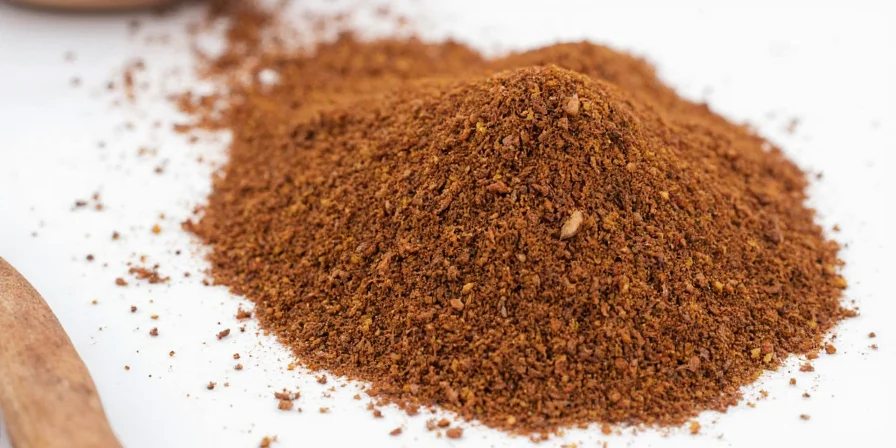
Frequently Asked Questions
What does cumin taste like?
Cumin has a warm, earthy flavor with a slightly peppery kick and subtle citrus notes. It's more intense than coriander but less sweet than fennel, creating that distinctive base flavor in chili, curry, and taco seasoning.
Can I substitute cumin in recipes?
You can substitute with coriander + paprika (for color) or caraway seeds (use half amount), but the flavor won't be the same. For best results, keep whole cumin seeds in your pantry - they stay fresh much longer than pre-ground.
Is cumin healthy?
Yes, cumin offers digestive support and antioxidant properties when used as part of a balanced diet. One teaspoon provides iron and other nutrients, but don't rely on it for medical treatment - enjoy it for flavor first.
How can I make my cumin taste better?
Toast whole seeds in a dry pan for 1-2 minutes until fragrant, then grind fresh. Bloom in oil at medium heat before adding other ingredients. Add ground cumin later in cooking to preserve its aroma.
Why does my cumin taste bitter?
Bitterness happens when cumin is burned (toasted too long or at too high heat) or used in excessive amounts. Always toast at medium-low heat and measure carefully - 1/4 to 1/2 teaspoon per serving is usually enough.
Understanding what cumin is and how to use it properly transforms ordinary meals into flavorful experiences. By following these practical guidelines, you'll consistently get the most from this essential spice in your cooking.
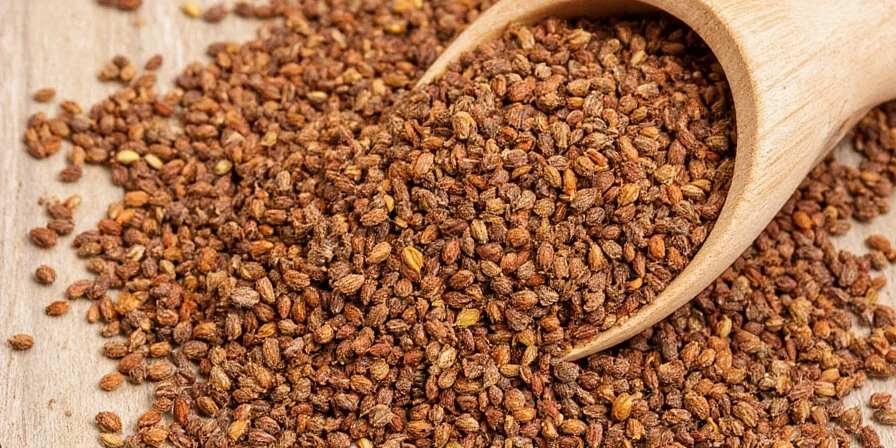

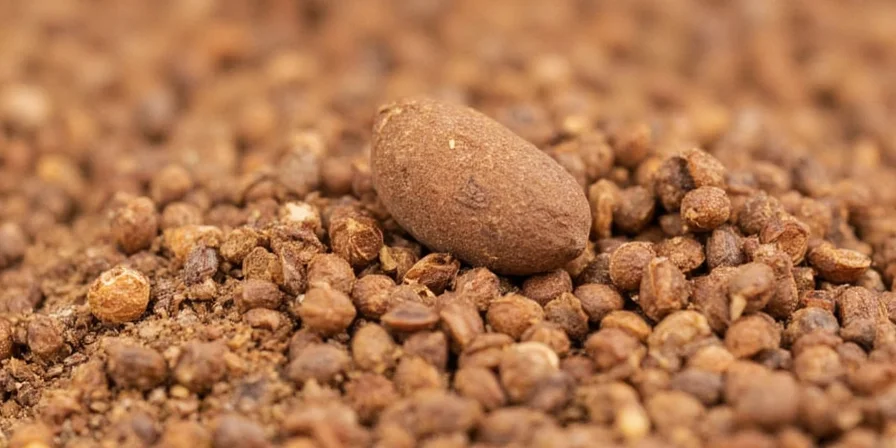









 浙公网安备
33010002000092号
浙公网安备
33010002000092号 浙B2-20120091-4
浙B2-20120091-4